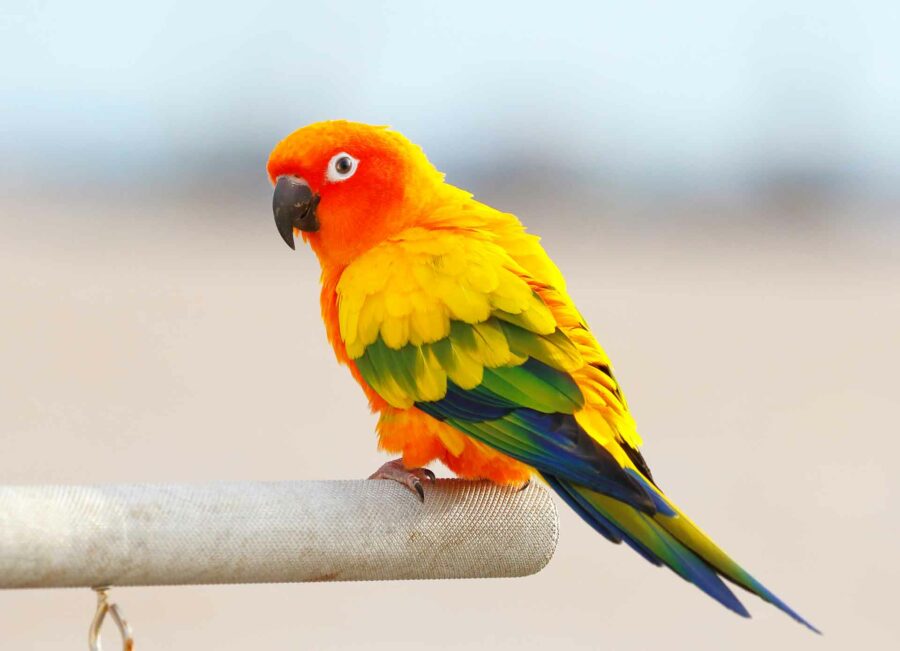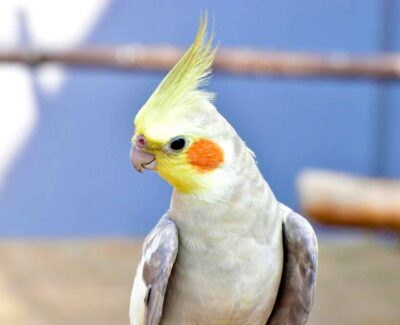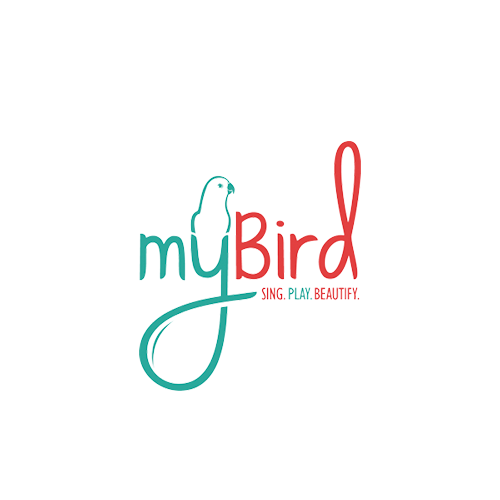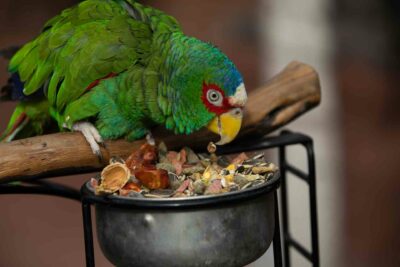
What to Do if Your Pet Bird Flies Away
For many pet bird owners, the idea of their bird escaping is one of their worst fears. While this situation can be extremely distressing for birds and owners alike, here are some steps you can take to increase the chances of safely recovering your feathered friend:
Stay calm and act quickly
As soon as you realize your pet bird has flown away, it’s crucial to remain calm—but act swiftly. While panicking is a natural response, it can cloud your judgment and hinder your ability to take effective action. Instead, focus on what you can do to maximize the chances of finding and retrieving your bird.
Search nearby
Begin your search in the immediate vicinity of where your bird was last seen. Look in trees, bushes, rooftops, and any other elevated areas where your bird may have landed. Enlist the help of family members, friends, and neighbors to cover a larger area efficiently.
Use visual and auditory cues
If your bird typically responds to specific sounds or calls, try to repeat these over and over again to attract its attention. Carry your bird’s favorite treats or toys while searching, as they can serve as visual cues to lure the bird back to safety. It may also help to wear brightly colored clothing, which may help draw your bird towards you if you make visual contact.
Notify local authorities & birding communities
Contact animal control agencies, local bird sanctuaries or clubs, lost-and-found pet groups, and veterinary clinics to inform them of your missing bird. Additionally, spread the word within online and offline birding communities, such as social media groups or forums dedicated to avian enthusiasts, as well as neighborhood groups. Sharing photos and detailed descriptions of your bird can aid in its identification and prompt community members to keep an eye out. It may also be helpful to create and distribute flyers with your bird’s photo and your contact information in the vicinity where it went missing.
Set up a feeding station
Place your bird’s cage outside your home (or wherever your bird flew away from), along with food and water to create a temporary feeding station. Birds that have been raised in domestic settings may return to the area if they spot a familiar object—particularly their habitat—and a source of sustenance. To further entice your bird, consider using large, easily visible food and/or treats, and if possible, have someone stationed near the cage at all times to immediately close the door if your bird flies in.
Be cautious when approaching
If you spot your bird but it appears hesitant or frightened, approach with caution to avoid startling it further. Make slow, gentle movements and avoid sudden noises or gestures that may cause the bird to flee again.
Consider professional assistance
If despite your best efforts, your bird remains missing for an extended period of time, consider seeking assistance from professional pet trackers or avian behavior specialists. These individuals possess expertise and tools that can aid in locating and safely recovering lost birds.
Implement preventative measures
If you are fortunate enough to safely recover your bird—or if you have other birds in your home—take some time to try and identify the circumstances that led to your bird’s escape. Then, take proactive measures to prevent similar incidents in the future, such as reinforcing cage security or investing in training to improve recall and response to cues.
While having your pet bird fly away can be a scary and heart-wrenching experience, it’s crucial to remain hopeful and proactive in your search efforts. By staying calm, mobilizing your resources, and utilizing various strategies such as those described above, you can maximize the chances of reuniting with your beloved feathered companion. For more tips on caring for your bird, follow our blog or join the conversation at our Facebook page!





